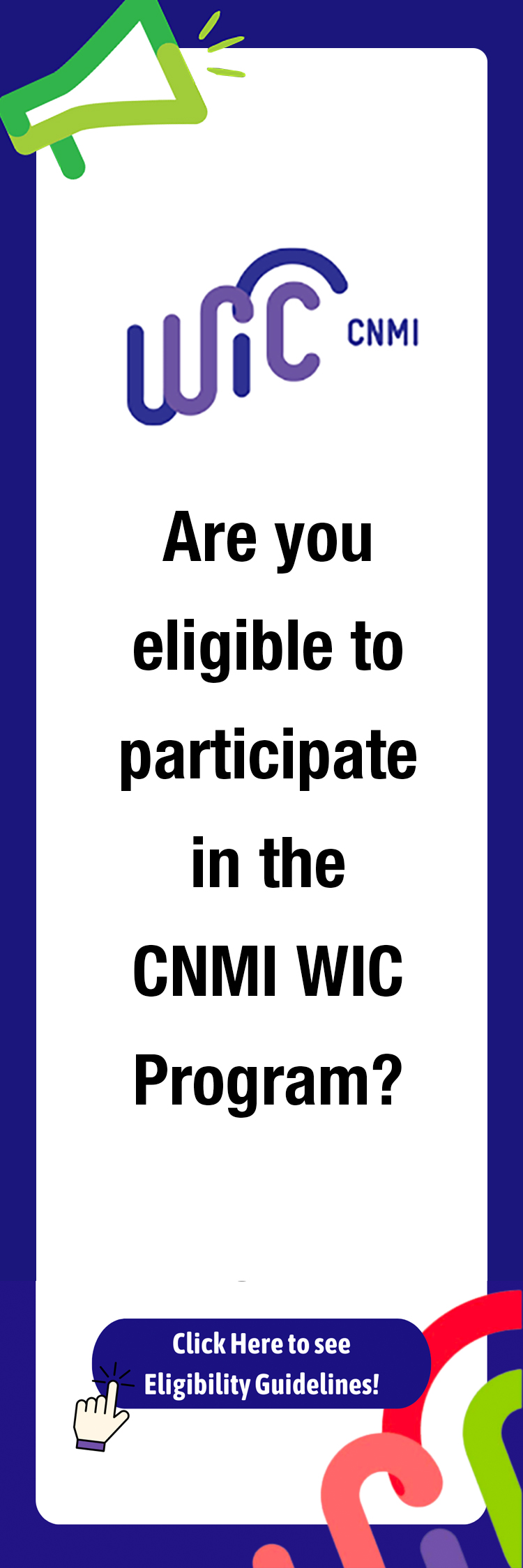Instructions for employees who would like a transitional worker status
If you are a foreign worker in the Commonwealth of the Northern Mariana Islands with an “umbrella permit” you are probably wondering if the transitional worker (CW) classification is something that will work for you.
The step by step information below will help you:
* Determine if you qualify for transitional worker status;
* Understand what steps your employer must take to hire you as a CW worker; and
* Understand how to obtain CW status for your spouse and children under 18 years old.
STEP ONE: Determine if you, the foreign worker, qualify for CW Status
If you have an eligible employer who wants to hire you or continue employment after Nov. 27, 2011, how do you know if you qualify for CW status?
To qualify for CW status, you must:
* Not be eligible for any other employment-based nonimmigrant status under U.S. immigration law. This means that you are not eligible for H-1B status or any other kind of temporary work status.
* Be lawfully present in the CNMI, or be outside the United States.
* Be admissible to the United States or be able to get a waiver of a ground of inadmissibility. This means that you do not have something that, by law, would keep you from being eligible, such as a criminal conviction that is a ground of inadmissibility under U.S. immigration law.
If you have a valid umbrella permit you do not need to leave the CNMI to get CW status.
STEP TWO: Your employer files form
Your employer will submit the necessary forms to USCIS for you to get CW status.
If you are outside of the CNMI or already have a nonimmigrant status (such as F-1, student) you do not need to submit a biometrics fee with the application.
If you are required to pay the $85 biometrics fee and cannot afford it, you may file a Form I-912, Application for Fee Waiver.
STEP THREE: USCIS contacts you
If you are outside of the CNMI, go to ‘Step Four.’ If you are in the CNMI, USCIS will send you a notice telling you where to go for fingerprints and photograph for DHS to conduct the required security checks.
STEP FOUR: USCIS approves or denies petition
If your employer’s Form I-129CW for you is approved, USCIS will mail an approval notice to your employer showing that the CW-1 classification has been approved. If it is denied, USCIS will mail a denial to your employer.
If you are in the CNMI
Your employer will give you the original approval notice document, which includes the Arrival-Departure Record Form I-94 to show that you have been approved. You do not have to leave the CNMI if you are approved. However, if you do leave you will need to get a CW visa with a U.S. Embassy or Consulate before you come back to the CNMI.
If you are outside of the CNMI
Your employer will send the original approval notice to your address abroad. The approval notice will indicate that you need to make an appointment for a nonimmigrant visa interview at the U.S. Consulate or Embassy nearest to you to apply for a CW-1 visa.
To find a U.S. Consulate or Embassy nearest to you and to see visa appointment wait times, go to www.travel.state.gov.
STEP FIVE: Petitioning for dependents
If you are a CW-1 holder, your spouse or children under 18 may be eligible for CW-2 status if:
* they are lawfully present in the CNMI or outside of the CNMI, and
* they are admissible to the United States.
As a CW-1 worker, you must be able to support any CW-2 dependents. CW-2 dependents are not authorized to work.
To get CW-2 status for dependents in the CNMI, your dependents must file a Form I-539 for themselves. It is best to file this at the same time the I-129CW is filed by your employer. Your spouse and children can be included on one Form I-539.
If your dependents are abroad, they should apply for a CW-2 nonimmigrant visa at a U.S. Consulate or Embassy after your CW-1 petition is approved.
If you are cannot afford the fees associated with filing a Form I-539, you may file a Form I-912, Application for Fee Waiver.
STEP SIX: Extending CW status
CW status is valid for one year. Your employer must file a new petition for you or you must obtain another Immigration and Nationality Act (INA) nonimmigrant or immigrant classification to lawfully stay in the CNMI after that.
For more information about transitional worker status, please visit our website at www.uscis.gov/cw.
Source: USCIS























